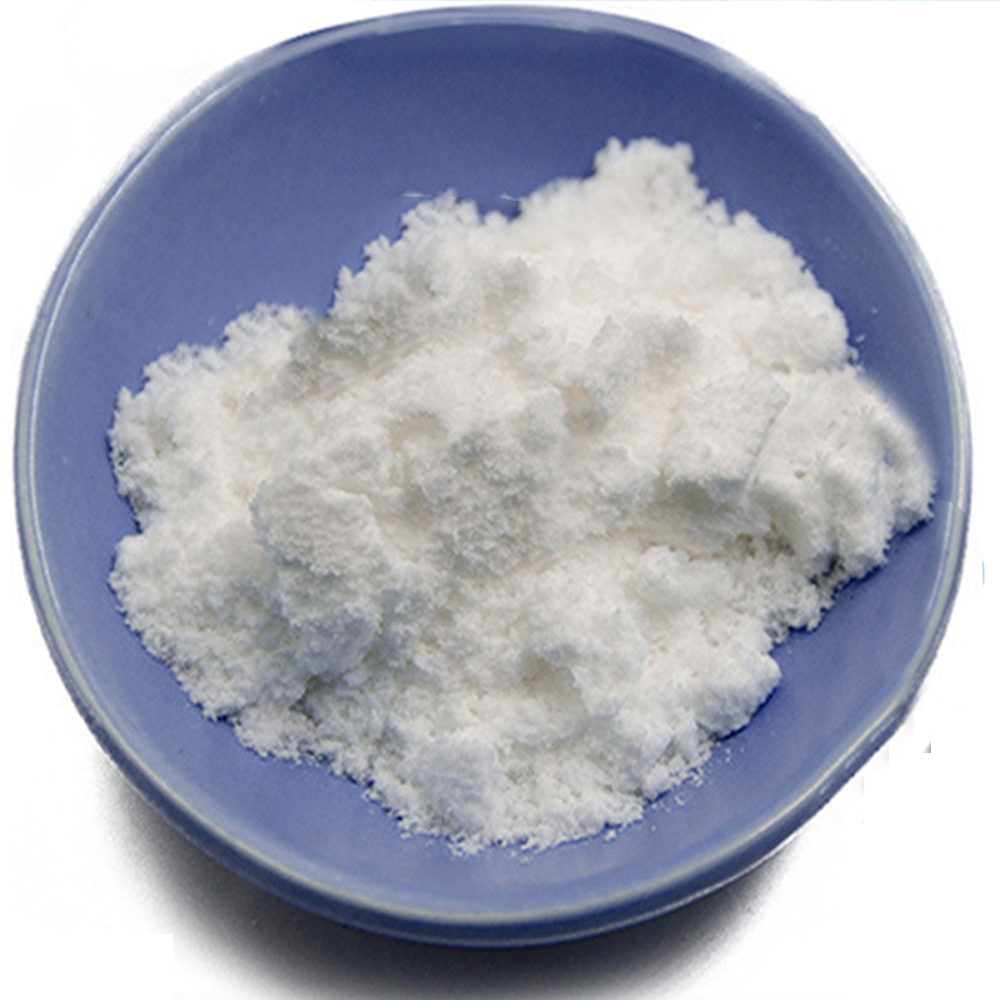



baco3 molar mass
Understanding the Molar Mass of Barium Carbonate (BaCO3)
Barium carbonate, with the chemical formula BaCO3, is an inorganic compound that plays a pivotal role in various industrial applications, including ceramics, glass manufacturing, and the production of barium salts. A key characteristic of any compound is its molar mass, which provides essential information about the compound’s composition and can be useful in stoichiometric calculations in chemistry.
The molar mass of barium carbonate can be calculated by adding together the molar masses of its constituent elements barium (Ba), carbon (C), and oxygen (O). The atomic masses for these elements, commonly found on the periodic table, are approximately 137.33 g/mol for barium, 12.01 g/mol for carbon, and 16.00 g/mol for oxygen.
In the formula BaCO3, there is one atom of barium, one atom of carbon, and three atoms of oxygen. Therefore, the molar mass can be calculated as follows
- Molar mass of Ba 137.33 g/mol - Molar mass of C 12.01 g/mol - Molar mass of O (3 atoms) 3 × 16.00 g/mol = 48.00 g/mol
Adding these values together gives
baco3 molar mass

\[ \text{Molar Mass of BaCO3} = 137.33 \, \text{g/mol} + 12.01 \, \text{g/mol} + 48.00 \, \text{g/mol} = 197.34 \, \text{g/mol} \]
Thus, the molar mass of barium carbonate is approximately 197.34 g/mol. This value is crucial for chemists as it allows them to convert between grams of BaCO3 and moles, a fundamental task in quantitative analysis.
In practical applications, knowing the molar mass helps in preparing solutions of specific concentrations, conducting reactions with precise amounts of reactants, and ensuring the safe handling of materials. For instance, in the production of ceramics, the correct stoichiometric ratios of reactants are vital for achieving the desired properties in the final product.
Additionally, the molar mass is significant in environmental chemistry. Barium carbonate is used in various applications, yet its interactions in soil and water systems must be understood to mitigate potential risks. For example, in assessing the mobility of barium in the environment or its impact on aquatic life, the molar mass can help scientists evaluate concentrations and potential toxicity.
In summary, the molar mass of barium carbonate, which is approximately 197.34 g/mol, is a fundamental piece of information that supports various practical applications in industrial chemistry, environmental monitoring, and research. Understanding its significance enhances our ability to work with this valuable compound effectively and responsibly.
-
Why Sodium Persulfate Is Everywhere NowNewsJul.07,2025
-
Why Polyacrylamide Is in High DemandNewsJul.07,2025
-
Understanding Paint Chemicals and Their ApplicationsNewsJul.07,2025
-
Smart Use Of Mining ChemicalsNewsJul.07,2025
-
Practical Uses of Potassium MonopersulfateNewsJul.07,2025
-
Agrochemicals In Real FarmingNewsJul.07,2025
-
Sodium Chlorite Hot UsesNewsJul.01,2025










